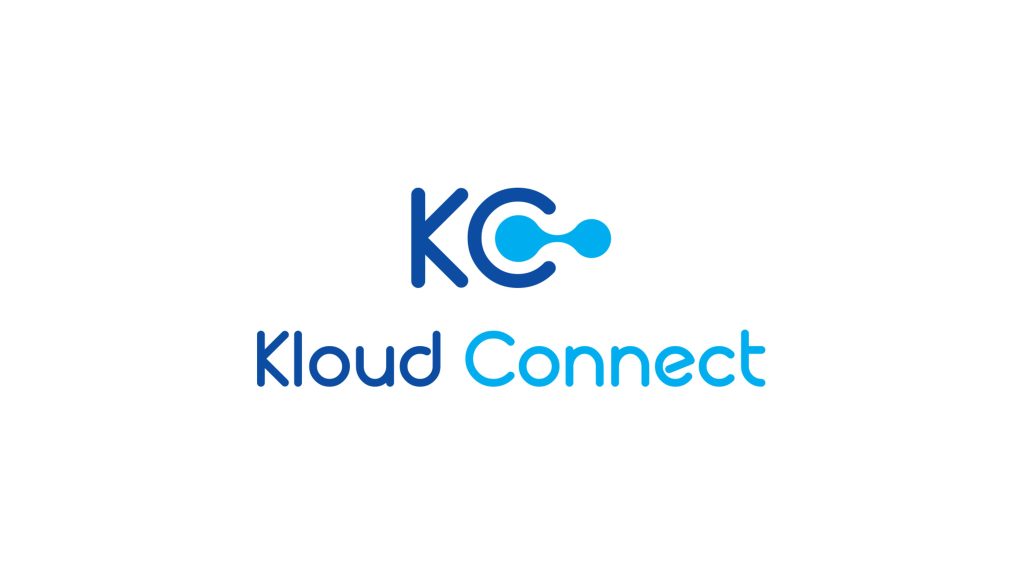In today’s rapidly evolving accounting landscape, understanding the right metrics can be the difference between merely surviving and thriving. At the Class Ignite Conference, Kloud Connect’s CEO, Dan Beck, delivered an insightful session on how accounting firms can turn data into dollars. He addressed the importance of focusing on the right metrics, driving behaviours that lead to success, and navigating the industry’s most pressing challenges with actionable insights.
Why Metrics Should Matter to Accounting Firms?
In a competitive and challenging business environment, accountants need to rely on more than just instincts. Data-driven decision-making is key to improving performance and achieving long-term success. However, not all metrics are created equal. Understanding the critical distinction between lead and lag metrics and why focusing on both is essential for driving performance and making informed decisions is important.
- Lead Metrics are predictive and actionable. They allow you to influence outcomes before they happen. By tracking lead metrics, firms can take proactive steps to guide their actions in real time.
- Lag Metrics are outcome-based and reflect results from past actions. While they provide insights into the effectiveness of past strategies, they are reactive.
For example, a lead metric might be the number of client meetings scheduled per week, which directly impacts future client satisfaction. In contrast, a client retention rate is a lag metric, showing whether past efforts to engage clients were successful.
Key Metrics for Accounting Firms: Measuring What Matters
Dan broke down several key areas where firms can focus on measuring and improving performance. Below are some of the most relevant metrics for SMSF accountants:
1. Client Engagement
-
- Lead Metric: Number of client meetings scheduled per week
- Lag Metric: Client retention rate
By scheduling regular client meetings (lead), firms can positively influence client satisfaction and, in the long run, client retention (lag).
2. Operational Efficiency
-
- Lead Metric: Billable hours per employee per week
- Lag Metric: Revenue per FTE (Full-Time Equivalent)
Increasing billable hours leads to improved operational efficiency, directly impacting revenue generated per employee.
3. Financial Performance
-
- Lead Metric: Number of new client acquisitions per month
- Lag Metric: Gross Profit Margin
Acquiring new clients not only drives revenue but also ensures long-term profitability.
4. Employee Performance & Engagement
-
- Lead Metric: Employee satisfaction survey frequency
- Lag Metric: Employee turnover rate
Engaged and satisfied employees stay longer and perform better. Regular feedback through surveys can help gauge engagement levels early.
5. Compliance & Risk Management
-
- Lead Metric: Frequency of internal audits conducted
- Lag Metric: Number of compliance breaches reported
Regular internal audits help prevent compliance breaches and maintain firm-wide trust and credibility.
6. Technology & Systems
-
- Lead Metric: System uptime percentage
- Lag Metric: Number of system downtimes
A well-functioning system supports daily operations, ensuring minimal disruptions and greater efficiency.
Rise to the Level of Your Systems
Firms must continually evaluate whether their current systems enable success or hinder progress. As the famous American author James Clear wrote in his book Atomic Habits, “You do not rise to the level of your goals. You fall to the level of your systems.”
So, what can you do?
Evaluate and Optimise Your Systems
Start by evaluating your current systems. Are they supporting your goals? Do they enable you to track the metrics that matter most? If not, it’s time to act and improve.
Strategic Resourcing in a Competitive Landscape
Given the talent shortages in the accounting industry, Dan Beck emphasised the need to be creative in managing resources. He outlined two key strategies:
- Outsourcing and Offshoring: Partnering with external providers can help manage workloads and maintain service quality, especially when internal talent is scarce.
- Employee Development: Investing in training and professional development is essential to retaining talent and keeping employees engaged in the long term.
Aligning Metrics with Goals
Ultimately, turning data into dollars is about more than just tracking numbers. It’s about choosing the right metrics, focusing on the behaviours that drive success, and ensuring your systems and resources are aligned with your firm’s goals. By focusing on lead metrics to drive proactive action and lag metrics to measure the impact of those actions, accounting firms can optimise their performance and deliver value to clients while staying profitable.
Connect with us to learn more
Data is the key to driving long-term success in an industry where every minute and dollar counts. Kloud Connect is here to help firms turn data into dollars by providing the tools and insights needed to track the right metrics, improve decision-making, and enhance operational efficiency.



